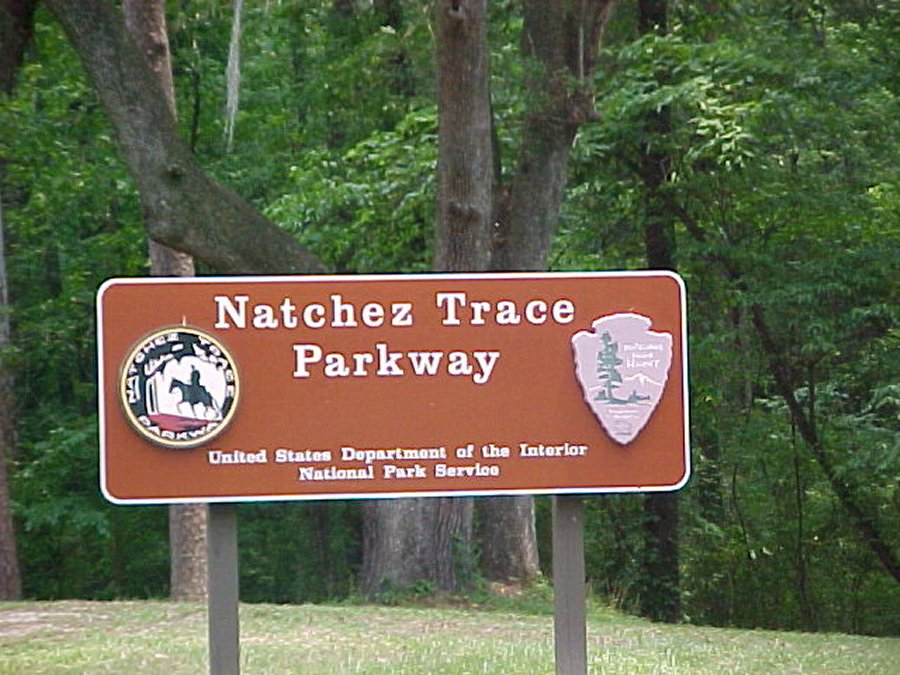
Start of the Natchez Trace Park. |
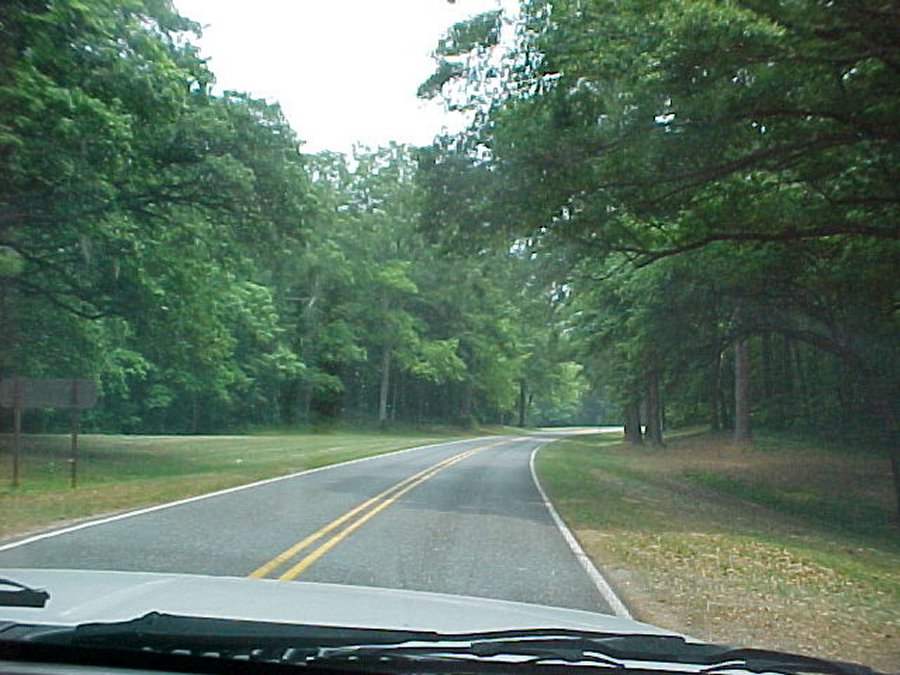
Gorgeous drive. |
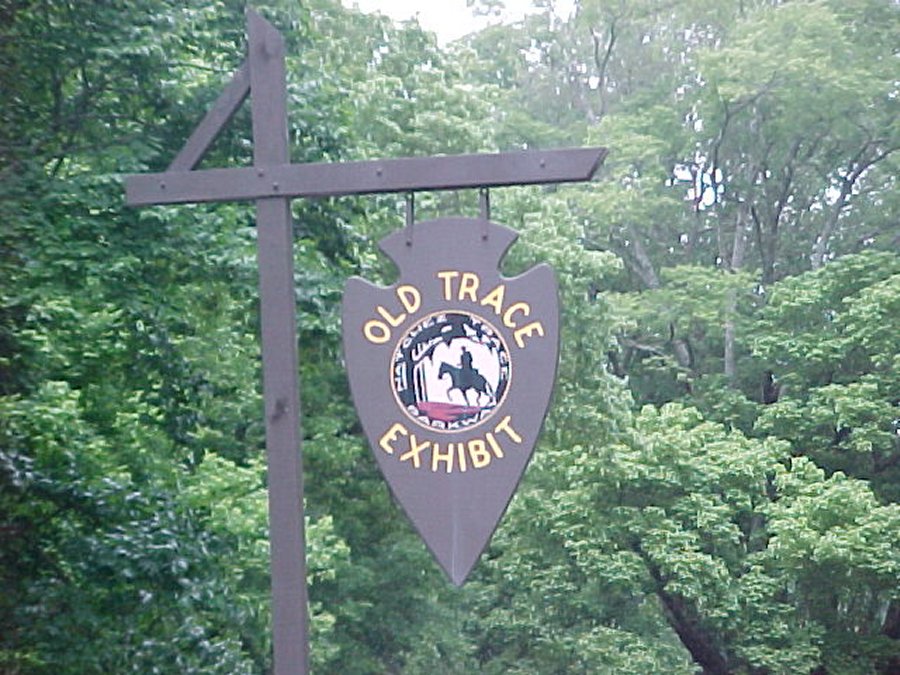
First of the exhibit signs on the east side of the road. |

"Old Trace" exhibit. |
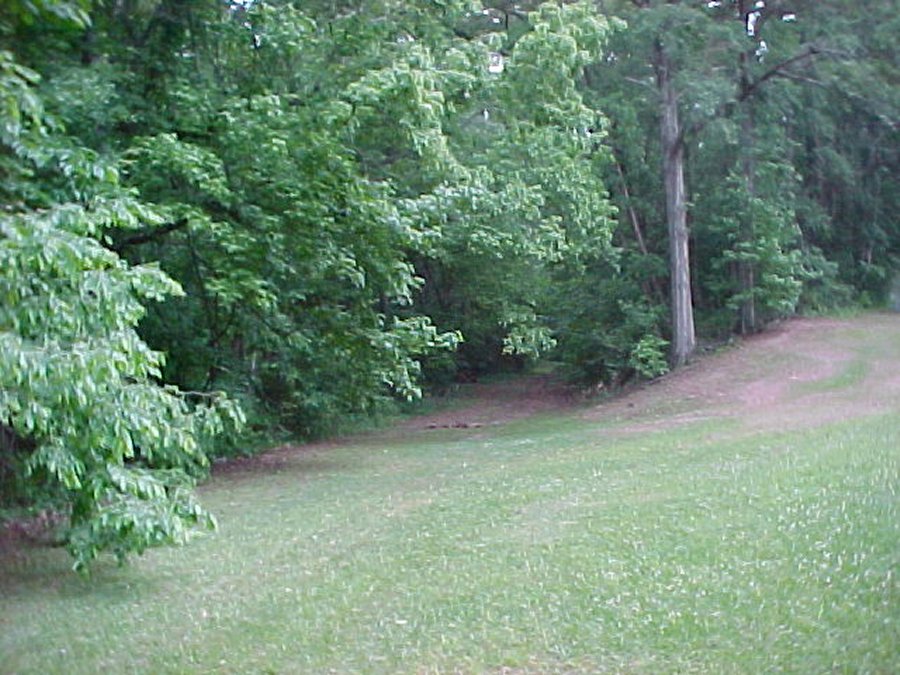
Lower section under trees is a portion of the old trace. |
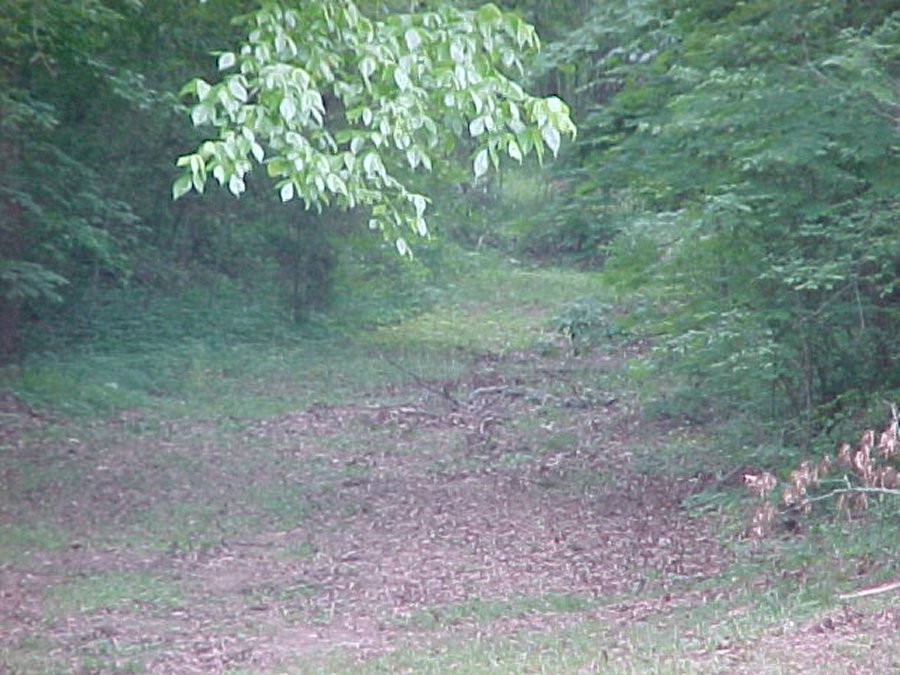
We walked down the Old Trace a ways. |

Natchez Trace in the spring. |

Natchez Trace in the fall. |
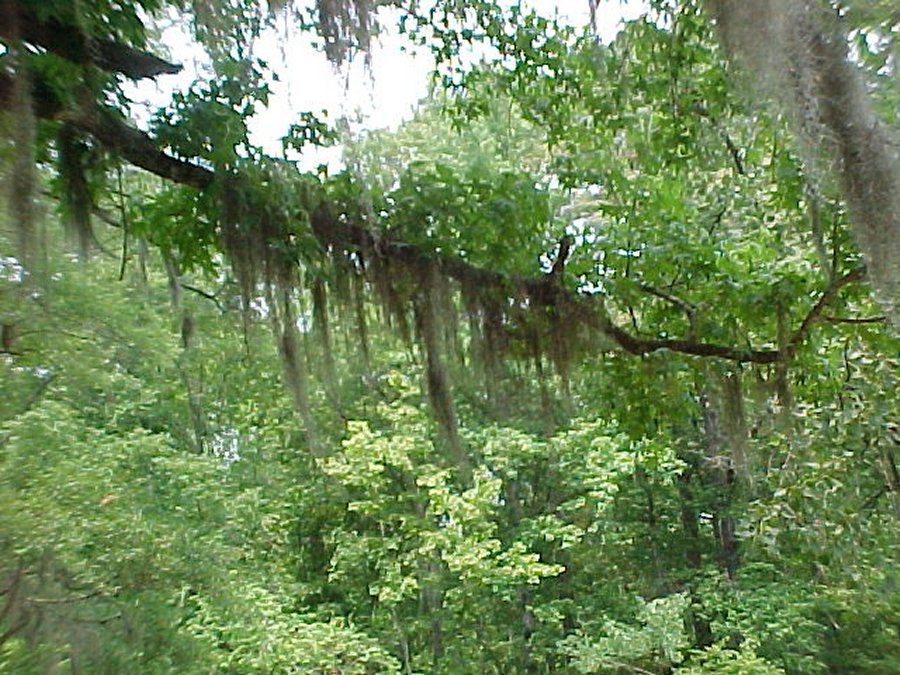
Spanish moss hangs in the tree branches. |
We have friends that live in Iowa on top of the Loss Hills. We
have followed the Loss Hills from South Dakota through Iowa and into Missouri. The farmers found that if they
terrace the hills straight down they don't erode, but if the hills are terrace at an angle they will erode. The Loess
Hills Scenic Byway traverses internationally distinctive landforms as it follows the Missouri River Valley in
Western Iowa, taking you through some of the most interesting country in the Midwest. Thousands of years ago,
active glaciers covered much of the northern United States. When these glaciers melted, they left fine silt
particles that formed a yellow soil called loess (pronounced "luss"). Strong windstorms deposited layers of
loess several hundred feet thick on both sides of the Missouri River Valley, molding the soft soil into sheer
ridges and rippled hills. |
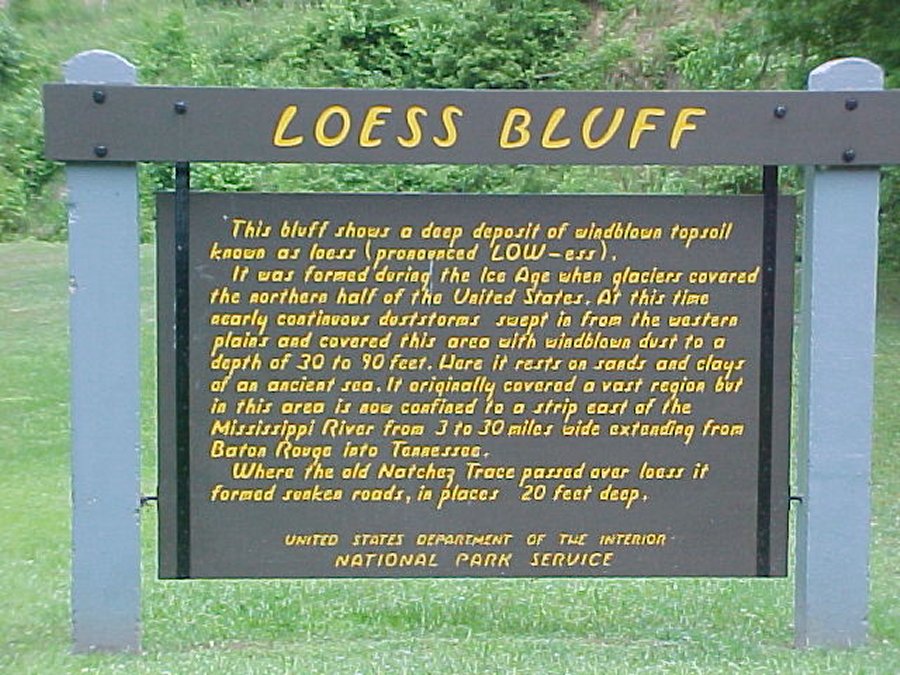
A little info 'bout the hills on this side of the Mississippi River. |
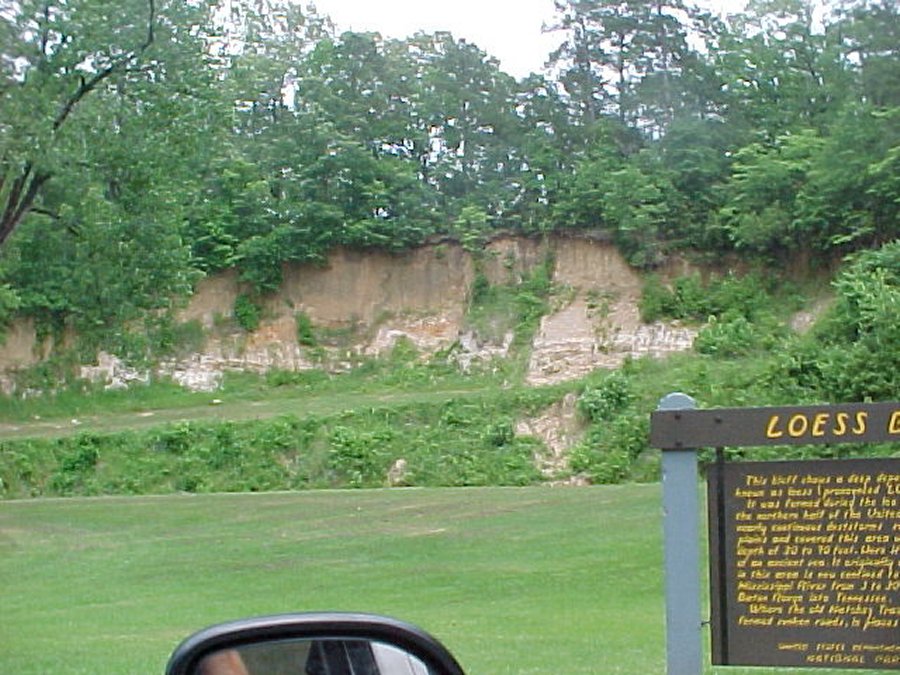
One hill that's been cut for the parkway. |
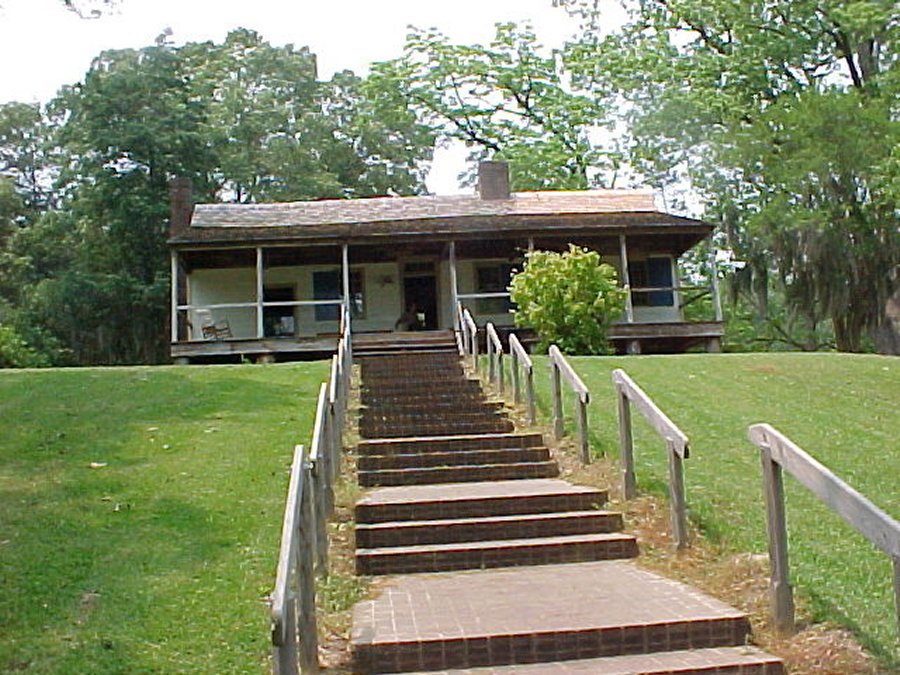
Mount Locust Inn and Plantation. |
The historic home, now maintained and preserved by the National
Park Service, was begun in 1780 by an early settler named John Blommart. The leader of a failed rebellion
against the Spanish, who then controlled the Mississippi Valley, Blommart lost the home and the rest of his
fortune. It was then taken over by his former business partner, who carved a plantation from the wilderness
and made Mount Locust a fixture for travelers on the Natchez Trace. |

Store room with kitchen equipment, etc. |
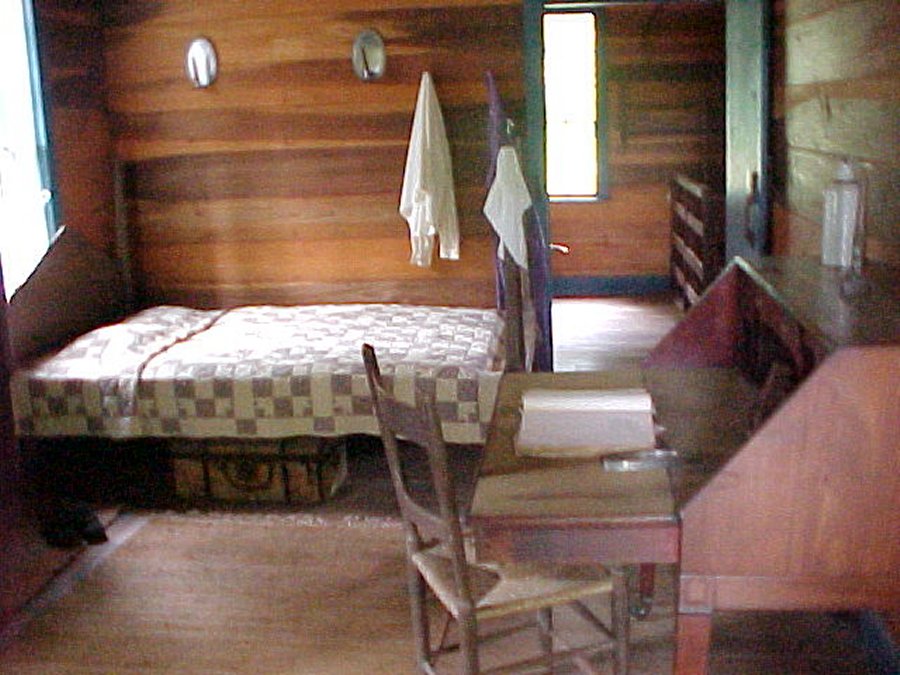
Their daughter's bedroom. |
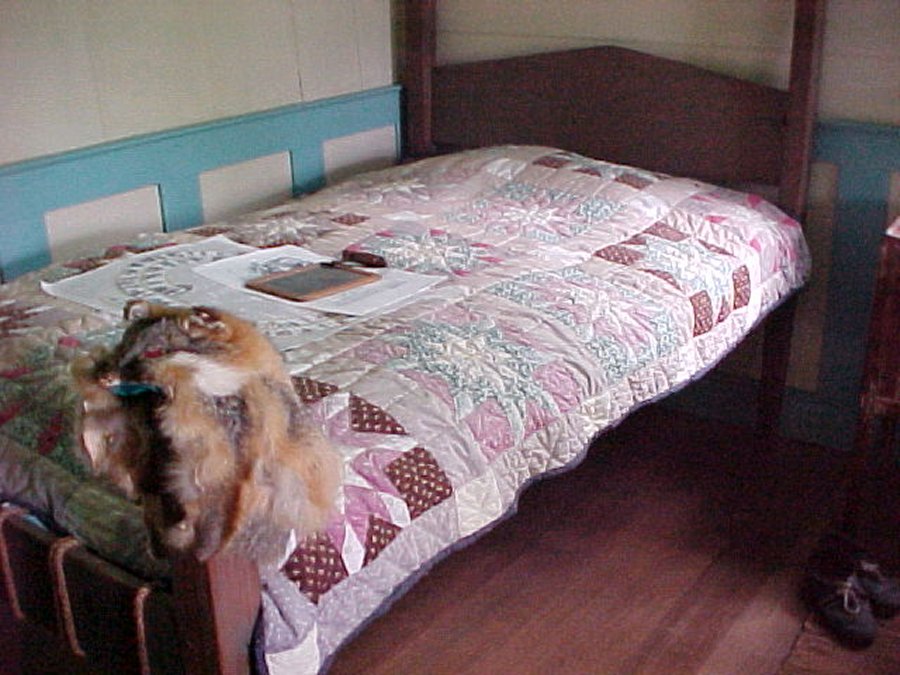
Their son's bedroom. |
A turn west off the parkway onto Rte. 552 leads along a quiet
back-country road to Windsor Ruins, the haunting skeleton of what was once the largest and most impressive
antebellum home in Rocky Springs. Completed in 1861 at the then-staggering cost of $175,000, Windsor served as
an observation post for Confederate troops and, later, as a hospital for the Union Army. Ironically, the
building survived the Civil War intact, only to be destroyed in 1890 by a fire ignited by a careless smoker.
Today, all that remains of the once-magnificent mansion is 23 weathered Corinthian columns, their ornate iron
capitals touching nothing but the deep blue southern sky. |
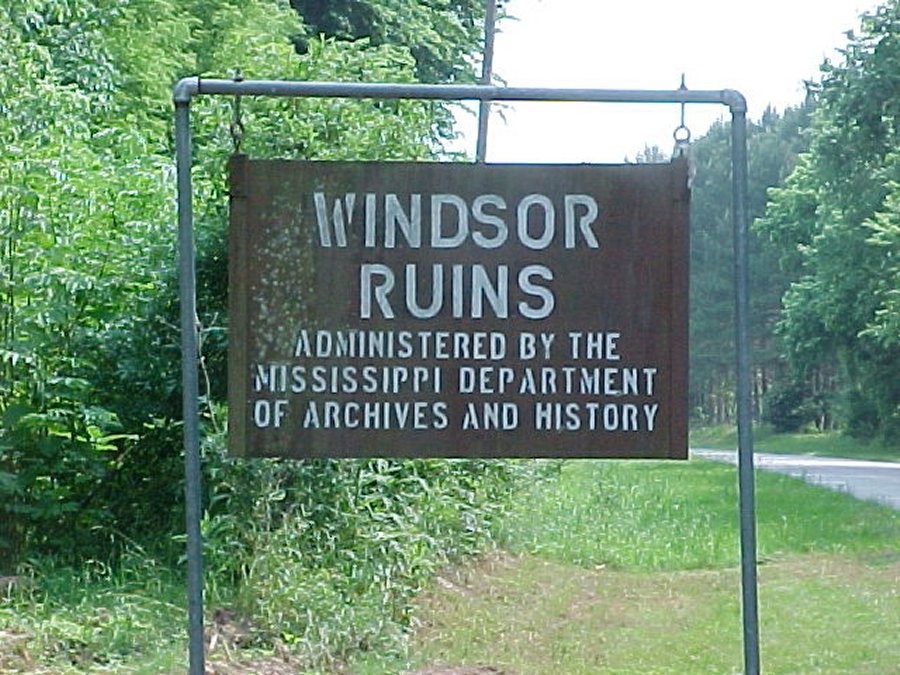
Sign at the turn off (where we parked). |
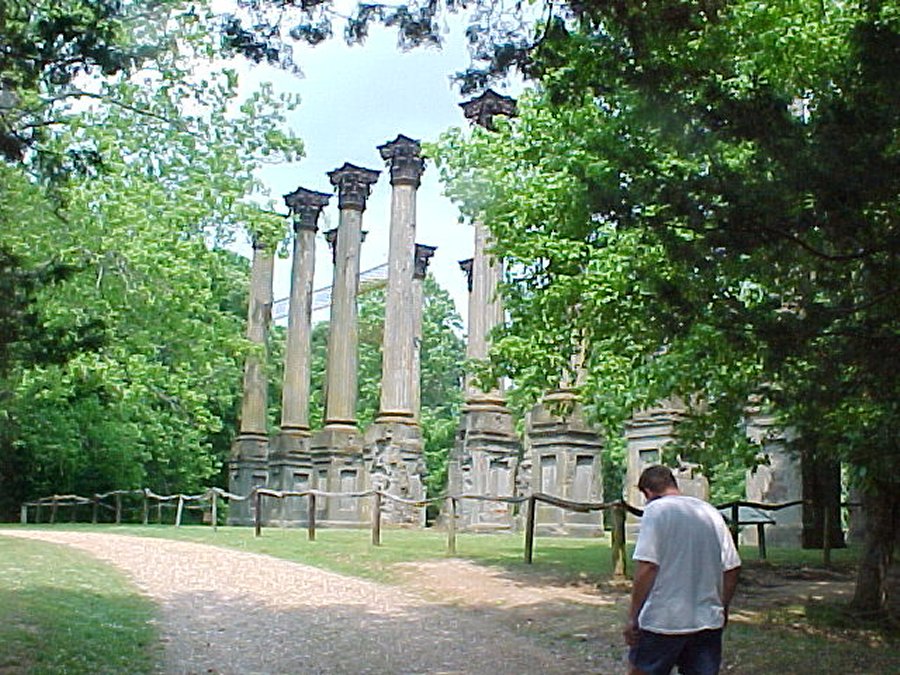
David walking up the drive way. |
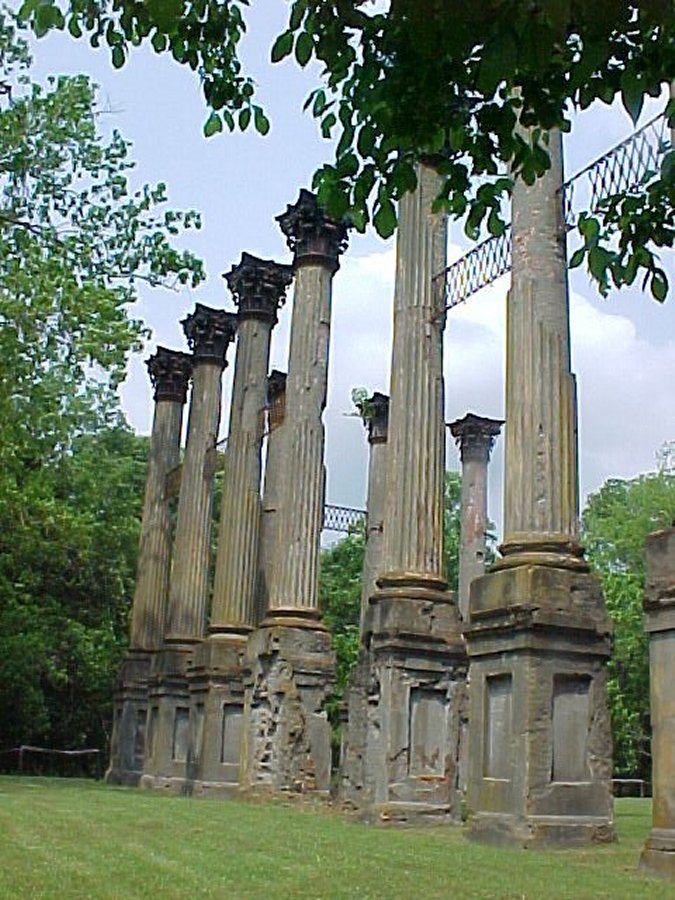
The Corinthian columns and ornate iron capitals. |
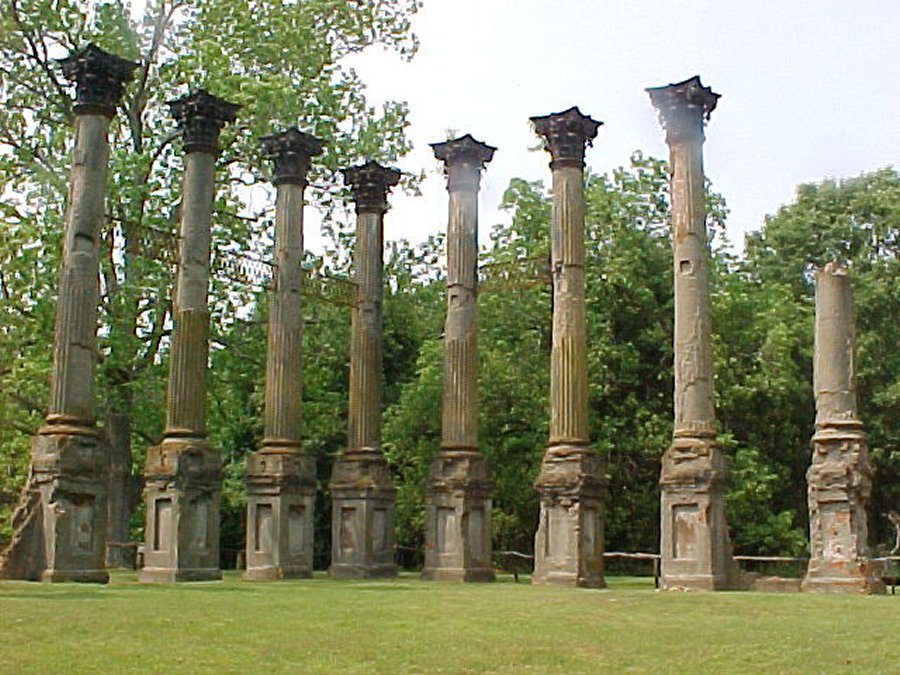
Some of the 23 columns still standing. |
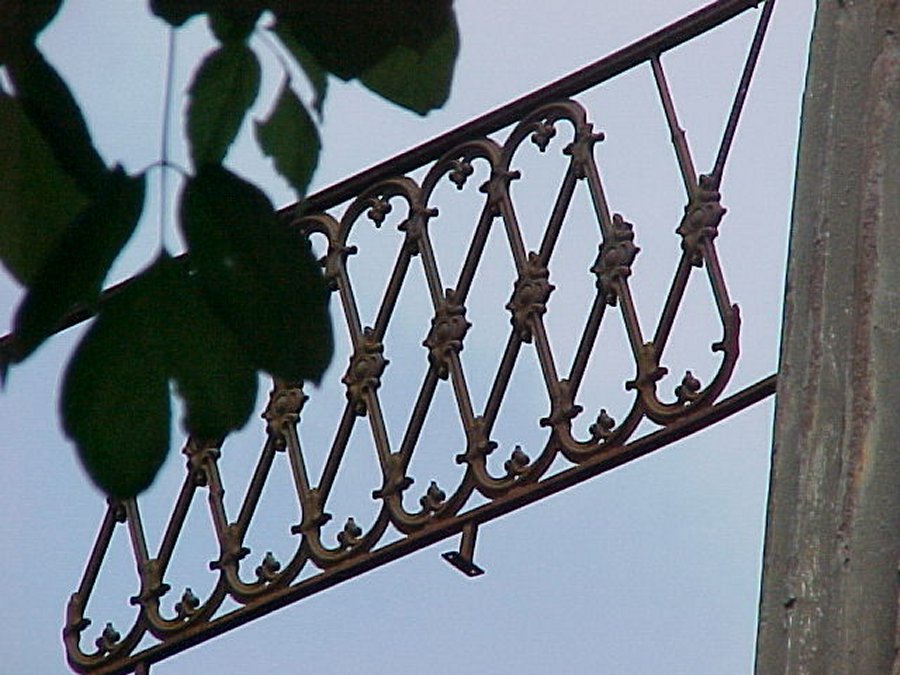
Close up of the ornate iron capitals. |
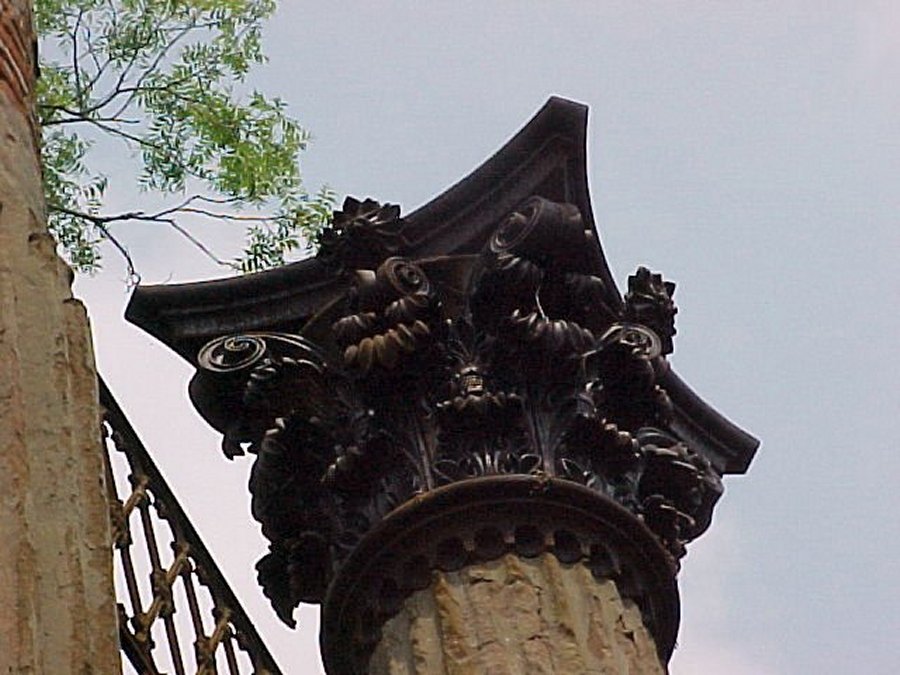
Close up of the top of the columns. |
This early interstate road building venture produced a
snake-infested, mosquito-beset, robber-haunted, Indian-pestered forest path. Lamented by the pious, cussed by
the impious, it tried everyone's strength and patience. When the trail became so water logged that wagons could
not be pulled through, travelers cut new paths through the nearby woods. |
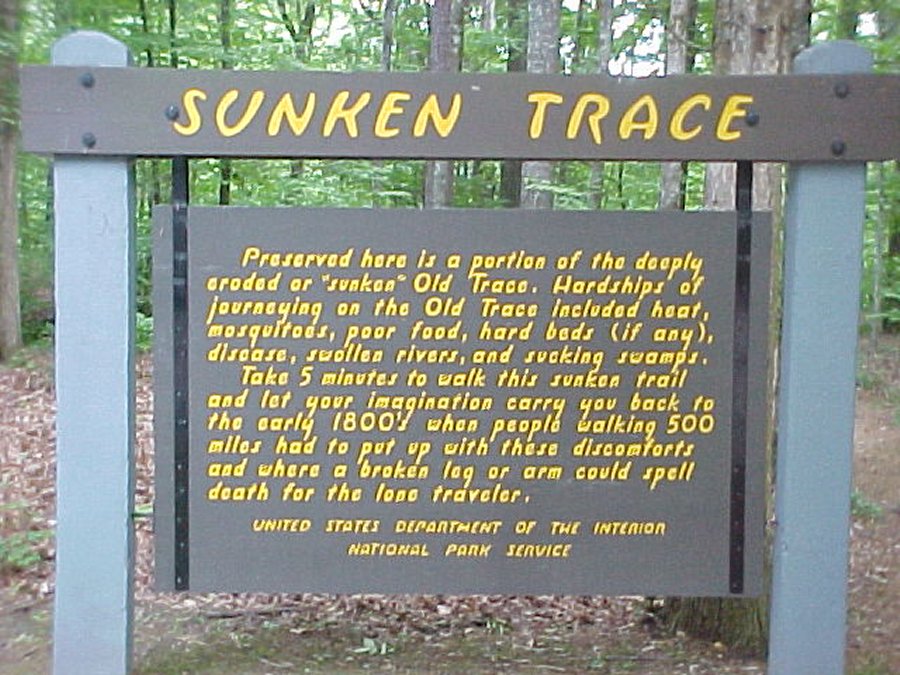
Exhibit sign. |
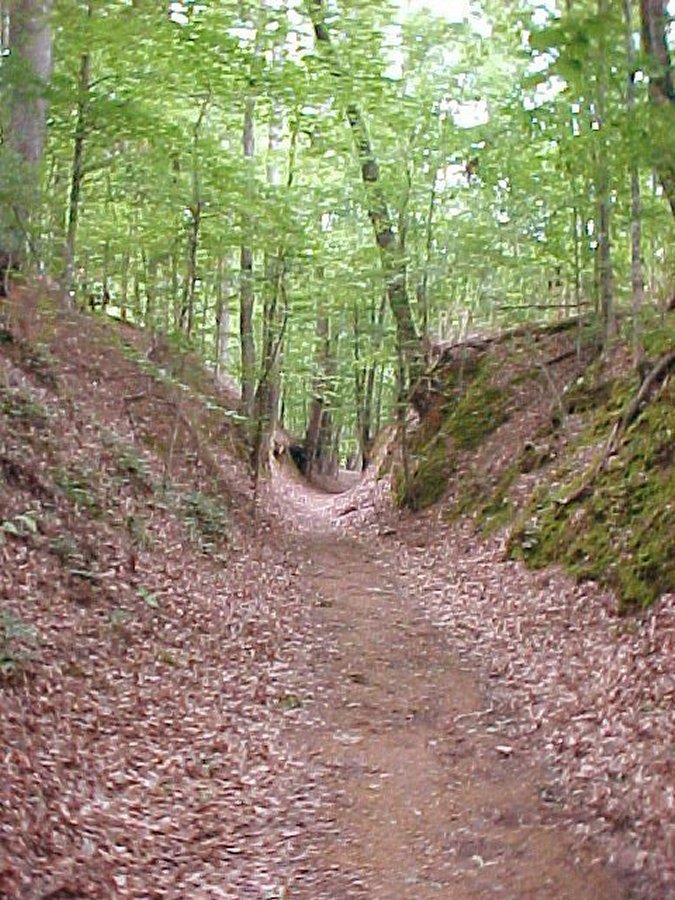
There are trails in 3 directions. |
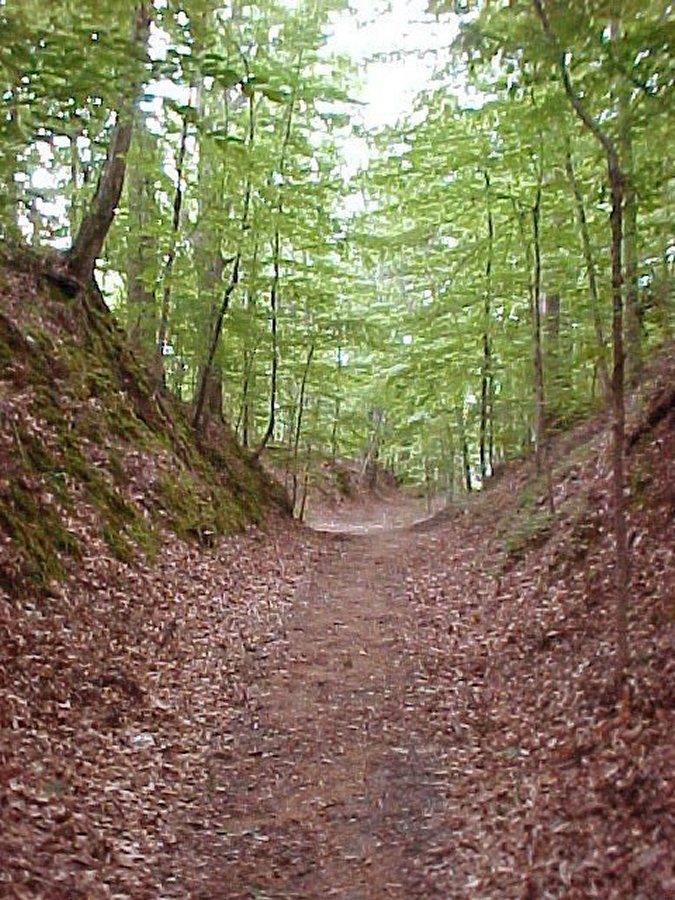
You can almost hear the footfalls of those gone before us! |

Tree and moss along the way. |

My beloved, tree roots and trail. |
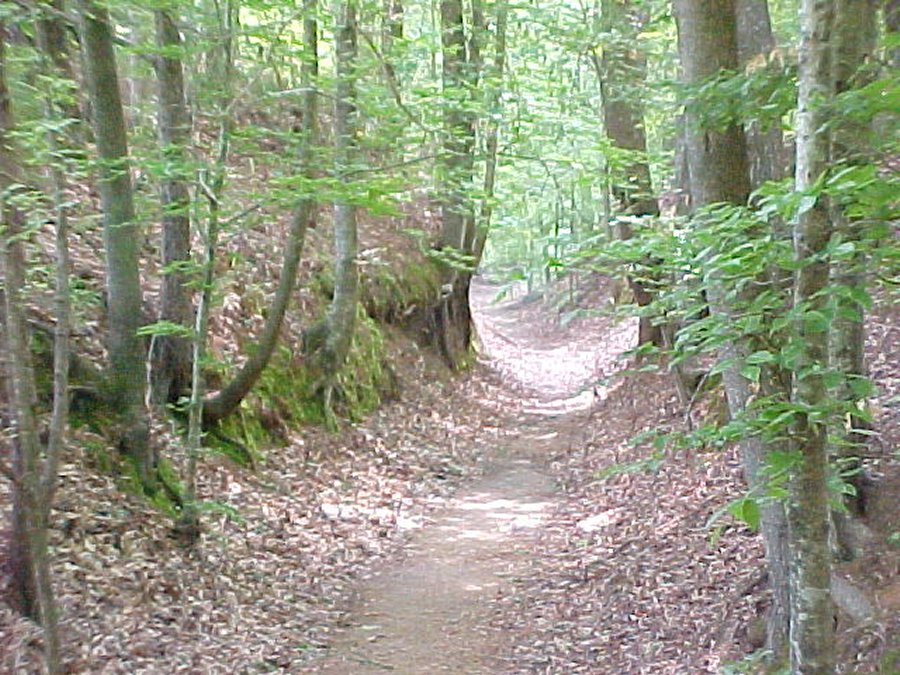
Awesome. |
![]()

![]()

![]()